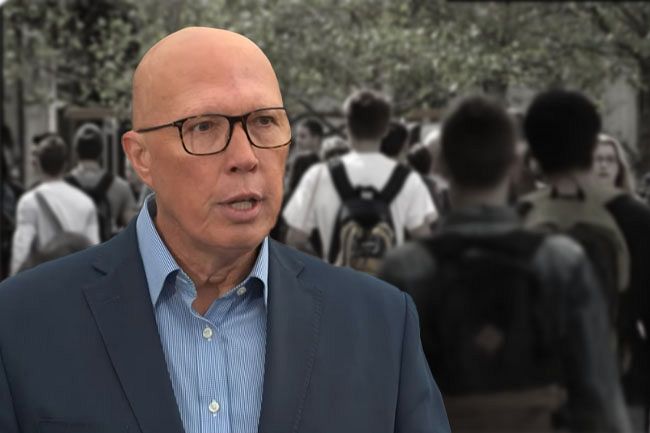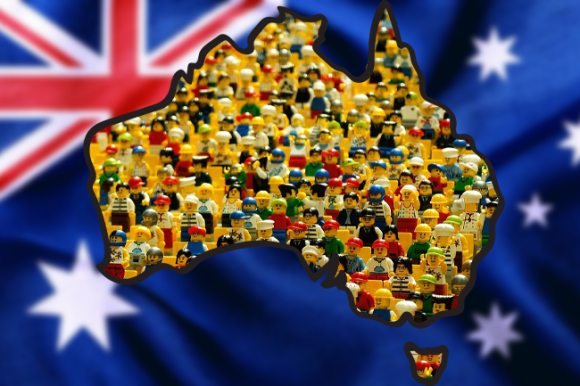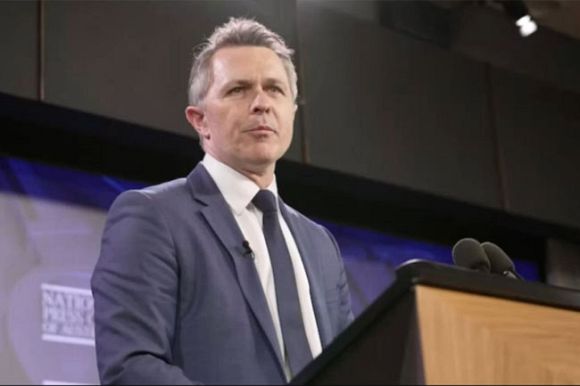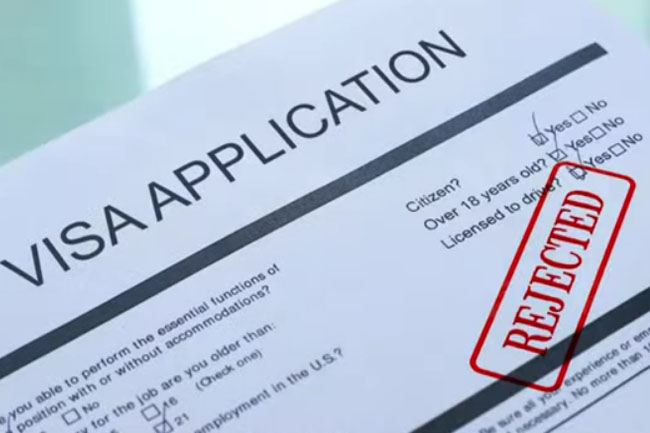After opposing Labor’s student capping legislation in late 2024, Opposition Leader Peter Dutton has announced his own student capping policy.
Dutton opposed Labor’s student capping legislation allegedly because it did not cut numbers enough (the legislation itself did not cut numbers, it just gave the Government the power to cap by individual provider) and because it was “chaotic” (which is accurate).
Key features of Coalition policy
New student commencements (assuming the Coalition will use the same definition as Labor proposed, including the same range of exemptions such as for English language courses (ELICOS), schools, post-graduate and so on) are to be reduced from the 270,000 Labor had proposed for 2025 to 240,000, presumably from 2026 or possibly from 2026-27 as it will take some time to finalise the policy and secure passage of new legislation.
The 240,000 is to be divided up with 115,000 to public universities (which are both metro and regional) and 125,000 at vocational education and training (VET), private university and non-university higher education. In addition, there may be an individual public university overseas student cap at 25 per cent, but to be finalised in consultation with the sector. This would be a significant reduction for many Group of Eight (Go8) universities in particular.
Non-refundable student visa application fees are to rise from $1,600, which is already by far the highest in the world, to $5,000 for Go8 universities and $2,500 for others. That presumably includes those doing short English courses. There will also be a new charge, presumably in addition to the higher standard visa application fee, of $2,500 for students who change providers after arrival.
Comments
Having opposed Labor’s student capping legislation, there is currently no legal power to implement these caps. It would take time to finalise the Coalition policy after the Election, including contentious consultation with the sector. Every provider will dispute the details of the cap they receive; a dispute process that will have to be repeated every year. That is an extraordinarily inefficient process to be run by the Department of Education, which Dutton is targeting for a major reduction in public servants.
After that, it would take time to secure passage of new student capping legislation, which is likely to be much the same as the Labor legislation that the Coalition opposed. Without the details, it is difficult to know if Labor would support the Coalition’s legislation or whether it would play the same political games.
Dutton described Labor’s student capping legislation as chaotic. But there is no reason the Coalition’s caps will be any less chaotic. Caps are inherently a poor policy tool, as we found out during the Senate committee hearings in 2024.
Student caps do nothing for:
- student quality and the quality of the courses they do — that is crucial;
- integrity of the overseas student visa program, particularly as the policy heavily favours the sectors where the biggest rorts take place. In fact, the policy may lead to more students at some VET providers compared to the current policy where very few VET students are currently getting offshore visas. That would be taking policy in the wrong direction unless the intention is to better target the VET courses that overseas students do (such as more construction trades); and
- targeting the skills we need.
The biggest change the Coalition is proposing compared to Labor’s student capping plan is an overseas student program that shifts the balance towards the private VET sector. That is the sector with the longest history of rorts and dodgy qualifications.
The whole of the Coalition’s 30,000 cut in places hits publicly funded universities. That is a reduction in places from 145,000 under Labor to 115,000 under the Coalition. Places for the private sector remain at 125,000, presumably broken up with 30,000 to private higher education providers and 95,000 to the VET sector — the same as Labor.
It should be noted that the policy tightening implemented by Labor over the last two years has heavily targeted the private VET sector. Offshore student visa applications and approval rates have plunged. Primary offshore student visa grants for the VET sector fell from 36,150 in 2023 to 10,412 in 2024. Onshore VET has also taken a big hit in the last six months. To hit the allocation for the private VET sector would require a major increase in offshore applications and approvals for that sector. Does Dutton really intend to do that?
In many ways, the Coalition will need to reverse the gains made in the last two years to try and drive out shonky VET providers. The words “quality”, “integrity” or “skills targeting” are nowhere to be found in the Coalition’s announcement. This is because the Coalition is trying to hit Go8 universities the hardest. Those are the universities most likely to attract the brightest and best students.
The big increase in fees is most likely to deter the best students as they have the option to go to other countries. But trying to attract the best students seems to be of no interest to Dutton.
The Coalition claims:
‘The number of international students studying in Australia has soared by 65 per cent from nearly 520,000 international students studying in Australia in the year to the last election, to more than 850,000 today.’
The period leading up to the last election included COVID, during which international borders were closed. The comparison is highly misleading as before COVID, overseas student numbers were much bigger than at the end of the pandemic.
The big surge in students in 2022-24 was driven by pre-COVID and COVID-era policies (such as fee-free student visa applications, unrestricted work rights and special COVID visas), with Dutton in the second half of 2022 saying migration needed to be increased but was sceptical that Labor could do this quickly enough. He now complains that migration, particularly overseas students, increased too quickly, but never mentions the role of Coalition policies in delivering that outcome (albeit Labor was too slow to tighten).
Dutton claims, ‘Labor is planning to bring in 1.8 million new migrants over five years’. This is based on the five-year period from 2022-23 (including the big surge that has already passed, not just the future).
Liberal MP Michael Sukkar, in fact, claimed at the press conference, “the Government has forecast 1.8 million people over the next five years” [IA emphasis]. Over the next five years from 2025-26, the Treasury net migration forecast is 1.16 million. That compares to 1.35 million in the 2019 Budget, the last Coalition Budget before COVID. Sukkar was being either sloppy or deliberately misleading. Dutton only slightly less so.
The Coalition’s claims about housing being freed up depend on the forecast of net overseas migration (NOM). Thirty thousand fewer student commencements does not mean 30,000 fewer student NOM arrivals, which is the key to reducing housing demand. It would be substantially less than this as not all student commencements convert to a NOM arrival.
The Coalition won’t provide its forecast of NOM after having walked back Dutton’s initial 160,000 announcement. Treasury is forecasting NOM to fall to 260,000 in 2025-26 and 225,000 in 2026-27 (which are optimistic forecasts due to the assumed rate of departures). But will Dutton announce a long-term NOM forecast significantly lower than 225,000?
Dutton repeatedly refers to Labor pursuing a policy of “Big Australia”, but he fails to mention that in the 2019 Budget, the Coalition forecast Australia’s population hitting 27 million by early 2022 when it actually didn’t hit that level until early 2023. Our population currently is substantially less than would have been the case if the forecasts in the 2019 Budget had been realised. If anyone was forecasting “Big Australia”, it was the “back in black” budget of 2019 with a long-term net migration level of 270,000 per annum.
Both parties are now saying they want lower net migration but provide very few details on how they will get there.
Dr Abul Rizvi is an Independent Australia columnist and a former Deputy Secretary of the Department of Immigration. You can follow Abul on Twitter @RizviAbul.
 This work is licensed under a Creative Commons Attribution-NonCommercial-NoDerivs 3.0 Australia License
This work is licensed under a Creative Commons Attribution-NonCommercial-NoDerivs 3.0 Australia License
Support independent journalism Subscribe to IA.

Related Articles
- Dutton's guide to the cost of looking good
- Dutton’s Gaza gaffe prompts Paterson policy pickle
- This Week in IA: The Coalition's horrific economic management
- Coalition's misogyny fuelling domestic violence
- Cannibalism, conservatives and lies: Australia’s Nemesis story














